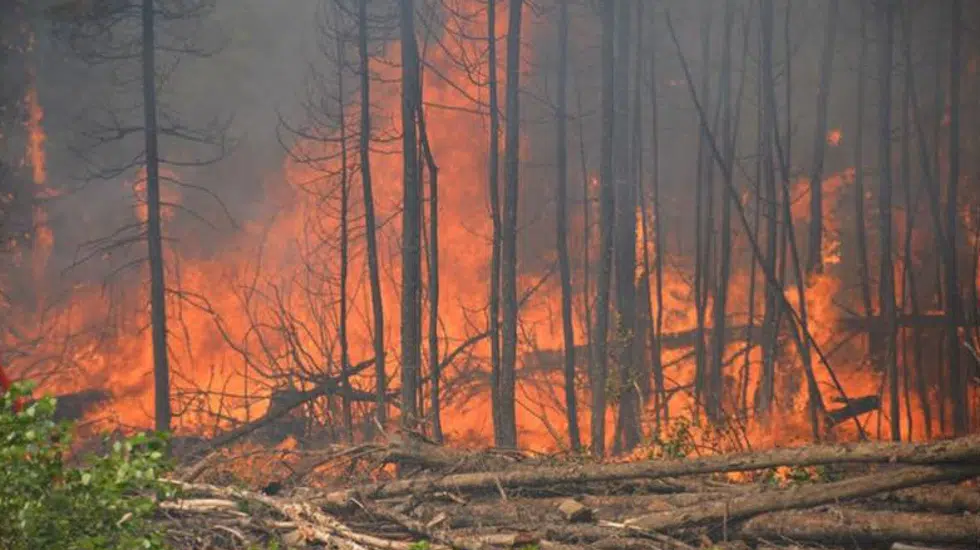
Farmers urged caution during dry, windy spring
It’s a dangerous time in rural Saskatchewan, as pasture and grass lands are at a higher risk of fires due to dry, windy weather.
Despite predictions for above-average runoff in some parts around the Prince Albert area, the quick snow melt and recent windy weather have increased the risk of fire in the region. Monday’s fire risk map from the Saskatchewan Ministry of Environment lists a moderate risk of fire across most of the region, and low in the northeast area.
A number of grass and brush fires have been reported in rural areas around Prince Albert in recent days, and the province is urging producers to be cautious when conducting controlled burns on their properties this spring. Larry Fremont, education prevention coordinator with wildfire management branch of Saskatchewan Environment, said being properly prepared is key.
“We had lots of snow, yes, but this is the most dangerous time of the year, from when the snow leaves to green-up,” Fremont told farmnewsNOW. “We probably get 75 per cent of our human-caused fires in the spring of the year before the grass greens up,”


